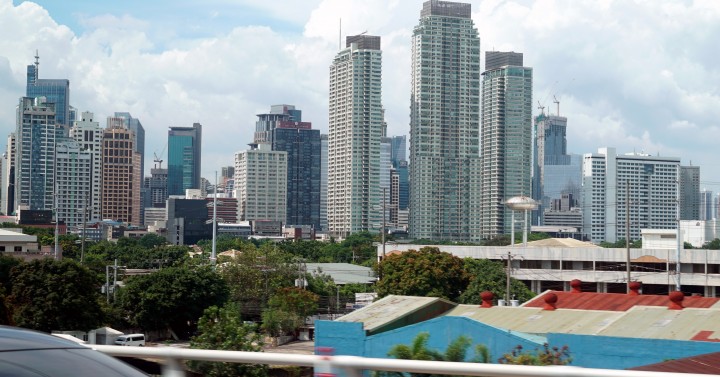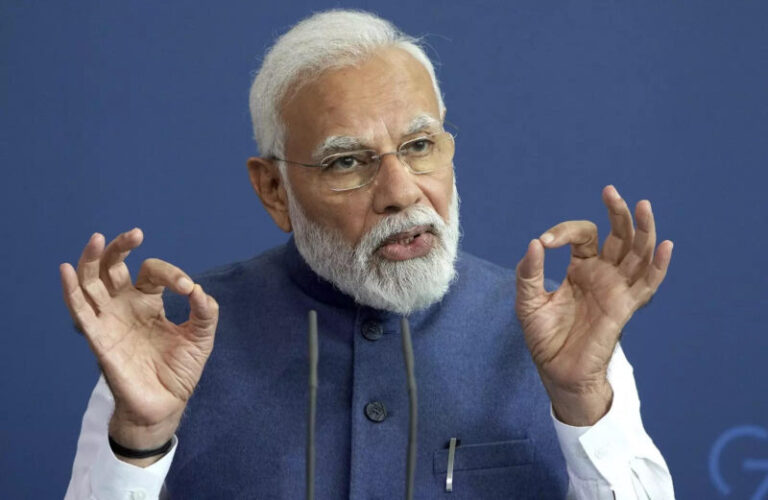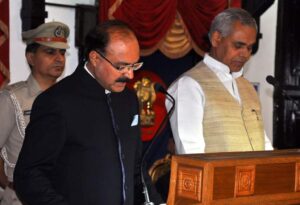India is ready to lose its fastest-developing principal financial system tag this 12 months, as increase took successful from weakening call for at domestic and abroad. Gross home product will develop 7% withinside the monetary 12 months finishing March, in keeping with the primary respectable estimate launched with the aid of using the Statistics Ministry Friday. That compares with a 6.eight% enlargement forecast with the aid of using the Reserve Bank of India, in addition to the median estimate in a Bloomberg survey of economists.
That overall performance follows an eight.7% tempo of enlargement withinside the preceding 12 months, and may be 2d simplest to Saudi Arabia’s anticipated 7.6% increase, way to profits from a spike in strength prices.
The Indian authorities makes use of the development estimate to determine its spending priorities in the imminent federal price range on Feb. 1, on the way to additionally be the final full-12 months expenditure plan of Prime Minister Narendra Modi’s authorities earlier than elections in 2024.
“The headline numbers are in-line with our estimate,” stated Aditi Nayar, economists at ICRA Ltd. in New Delhi. Buoyant, albeit combined home intake must be capable of stave off a few ache from vulnerable exports, she added.
India Economic Growth Slows | Gross Domestic Product
India had a terrific begin to the cutting-edge monetary 12 months, with expectancies that pent-up call for will power recuperation in Asia’s third-biggest financial system. But the optimism fast diminished as an unheard of financial coverage tightening with the aid of using relevant banks to tamp down excessive inflation is pushing many superior economies in the direction of a recession, and is tempering increase in others.
The Reserve Bank of India, which has raised its benchmark price with the aid of using 225 foundation factors thus far this monetary, isn’t always executed with tightening yet. Most economists count on the relevant financial institution to supply any other quarter-factor of tightening at its subsequent coverage assessment on Feb. eight as middle inflation stays sticky.
Gross cost added- which strips out tax and subsidy switch payments – is visible developing 6.7%. Manufacturing output is predicted to upward push 1.6%, whilst mining area is visible increasing 2.4% and agriculture is projected to develop 3.5%.
Gross constant capital formation, a proxy for investment, is forecast to growth 18%, while authorities spending is visible growing 11.2%. Private intake is visible to develop at 16.3%.








